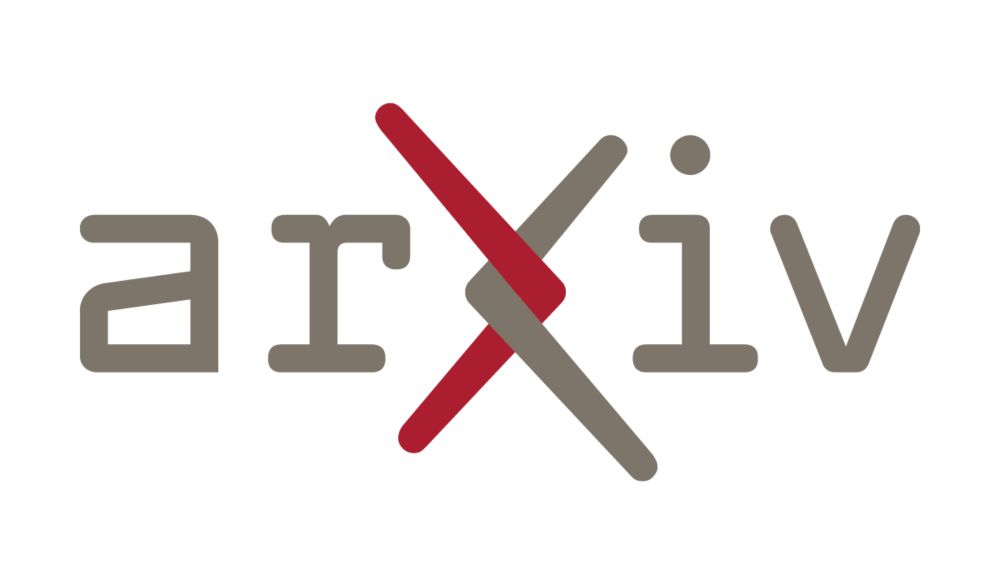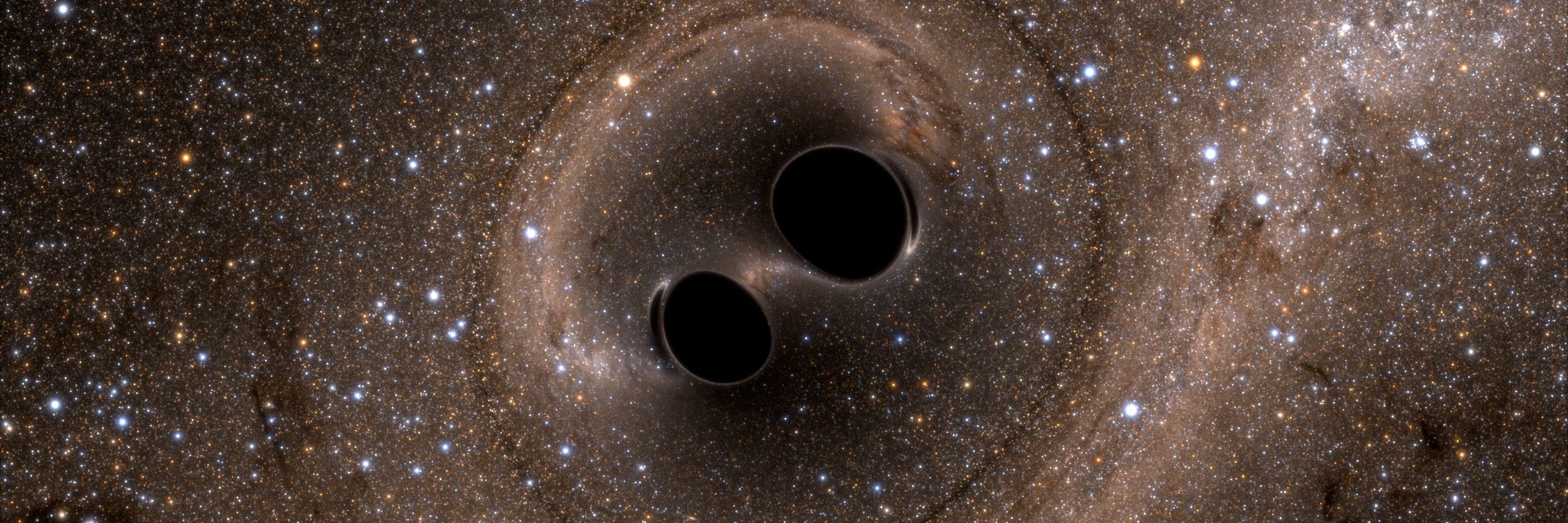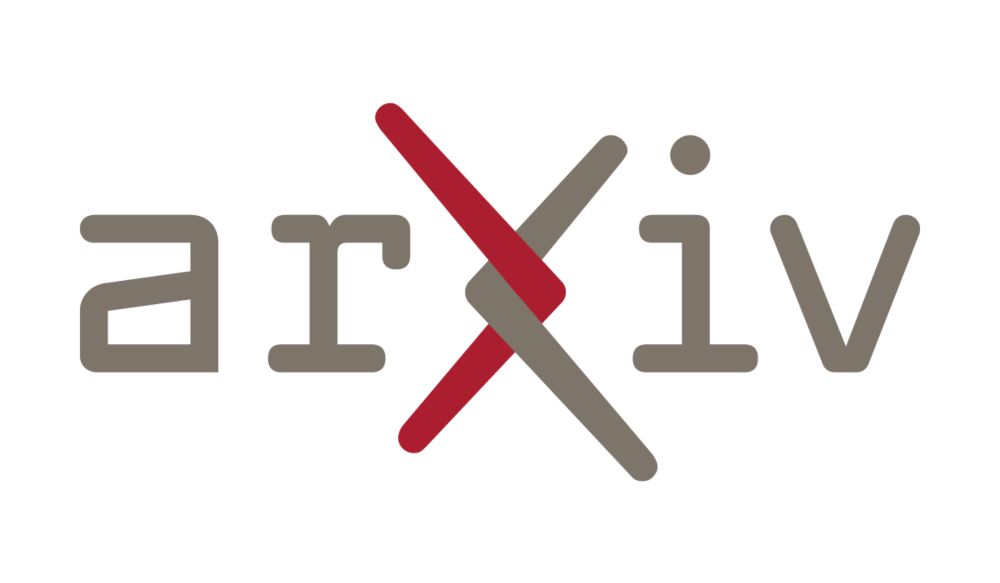SXS Collaboration
@sxs-collaboration.bsky.social
370 followers
64 following
57 posts
We develop and run supercomputer code for numerically simulating black holes, neutron stars, and beyond.
SXS = Simulating eXtreme Spacetimes
🌐 https://www.black-holes.org/
Posts
Media
Videos
Starter Packs
Reposted by SXS Collaboration
Reposted by SXS Collaboration
Olly Long
@hyperbolly.bsky.social
· Jul 16

Highly accurate simulations of asymmetric black-hole scattering and cross validation of effective-one-body models
The study of unbound binary-black-hole encounters provides a gauge-invariant approach to exploring strong-field gravitational interactions in two-body systems, which can subsequently inform waveform m...
arxiv.org
Reposted by SXS Collaboration
Reposted by SXS Collaboration










